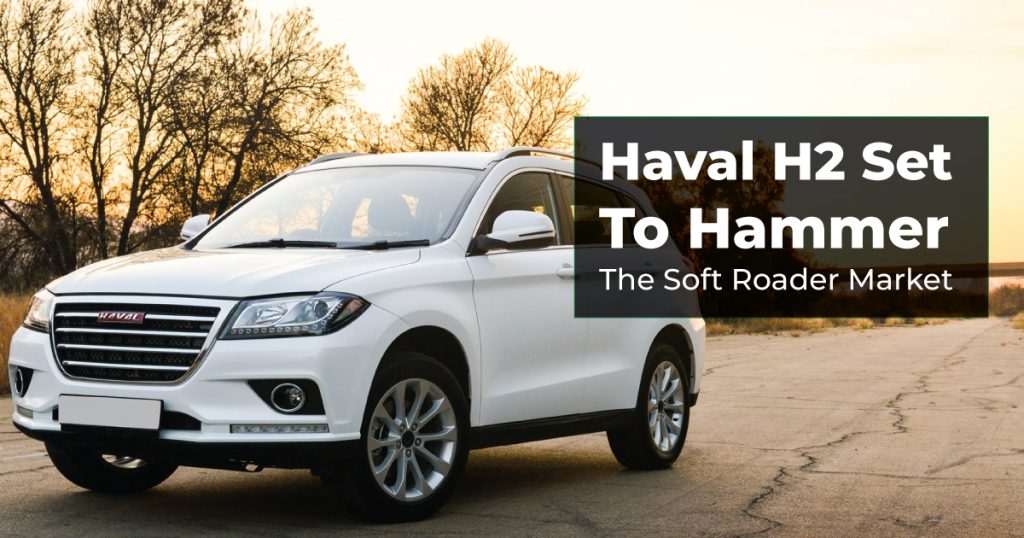Introduction
I was privileged to visit the land of Kung Fu, Forbidden City, and the Great Wall to sample one of its fast-rising brands (Coincidentally named Great Wall Motors) the Haval H2 soft-roader.
If you were to ask me about the longevity of Chinese cars a decade ago, I would have probably shrugged off the thought, however, today I have a totally different opinion about the Chinese brands.
As a relative newcomer to our market, Chinese carmaker Haval still has some work to do to match the class leaders. The small, budget-focused Haval H2 SUV, however, shows it’s heading in the right direction.
Design
Haval designers have tried to give the H2 an upmarket appeal but fall short of the industry benchmarks. Likewise, the instrumentation, switchgear and infotainment screen all look the part but just fall a little short in functionality. The oddly marked speedo is not easily read at a glance, and the H2’s seven-inch multi-media touchscreen is not the most user-friendly unit.
The front seat of the Haval H2 provides a good level of comfort for a base-model vehicle (even for a big boy like myself), while legroom in the rear and the luggage space are better than many of its competitors but are still not massive. The size and shape of the door openings can make entry and exit awkward, while for the driver the view to the rear also has a few blind spots.
Power Delivery
The Haval H2 is powered by a 1.5-litre turbo, direct-injection petrol engine driving the front wheels via a conventional six-speed automatic transmission. Both the engine and the transmission are designed and built in-house by Haval.
While maximum power and torque outputs of 110kW at 5600rpm and 210Nm at 2200-4500rpm are similar to its competitors, the Haval H2 is a significantly heavier vehicle. Operating in a relaxed manner around town or cruising along on a flat, open road, performance is adequate, but as soon as you ask for a little more effort to climb a hill or for safe overtaking, this extra weight becomes apparent.
The H2s average fuel economy figure claimed by Great Wall is 9.0L/100km, which in real-life conditions probably will average at 10.0L/100km.

Handling
The Haval H2’s suspension, which incorporates MacPherson struts at the front and a multi-link independent system at the rear, does a respectable job, but a little more fine-tuning to suit Australian road conditions would help. Bigger bumps hit hard and the amount of body movement on winding, second-class country roads can get tiring.
Finally, the electric power steering is quite direct but the feel is not as progressive as I would like.
Safety
On the safety front, six airbags are standard and the Haval H2 has a five-star Euro NCAP rating, but advanced safety technologies such as autonomous emergency braking, active cruise control, and lane-departure warning are currently not available.
Summary
The H2 offers a real value for money proposition, as it is priced competitively over its rivals while still offering all the goodies their offer at a price. Local dealer will have this car by September 2018 and will retail at about Ksh. 3.5 Million. Visit DT Dobie for more details on the H2 Haval.
